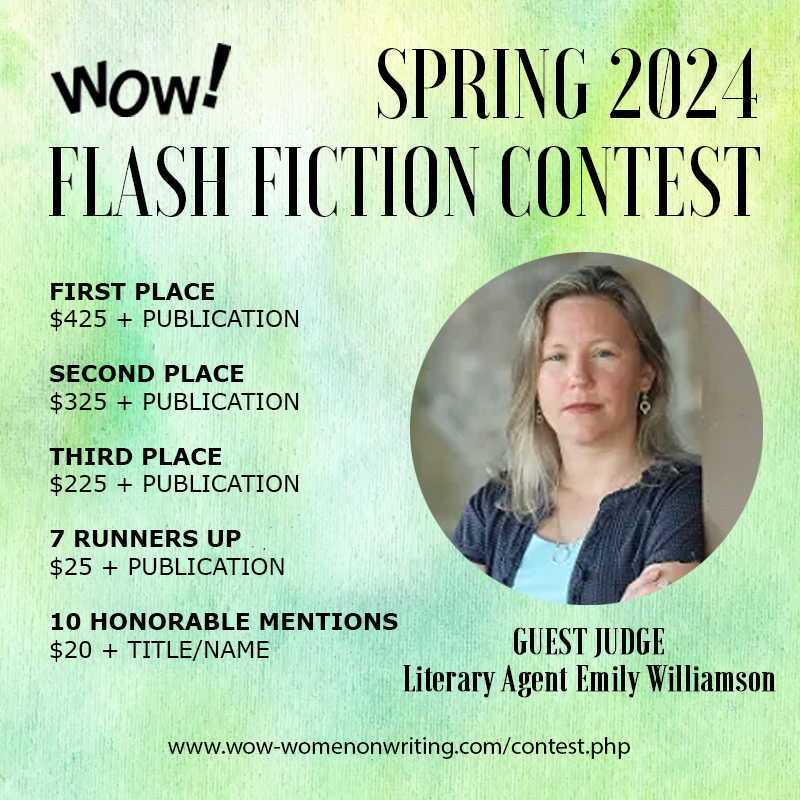 When I meet new picture book writers at conferences, we often end up chatting about our work. We discuss what we’re working on, what inspired our most recent story, and why we started writing for children.
When I meet new picture book writers at conferences, we often end up chatting about our work. We discuss what we’re working on, what inspired our most recent story, and why we started writing for children. I started writing for children when I couldn’t buy the books that my nieces wanted to read. I also loved to read when I was a child – getting lost in a variety of stories. A lot of people tell me that they want to write picture books because they have lessons that children need to learn.
A word of warning? Never tell an editor that. Seriously. Don’t do it. Editors don’t want books that preach.
Even books that teach a child a lesson need to do so in an amusing way. The trick is to tell a story that just happens to be about an important topic. That’s what Aaron Reynolds did when he wrote Nerdy Birdy.
This next paragraph is a huge spoiler. I’m going to give away the twist and everything else about Reynolds’ book so be warned.
In short, Nerdy Birdy is an extraordinarily nerdy bird. Although he longs to fit in with the cool birds, they are cold at best, mean at worse. Eventually he makes friends with the other nerdy birds who like gaming and books, just like he does. One day Vulture moves into the neighborhood. This time, it isn’t just the cool birds that are mean. The nerdy birds don’t want to be friends with the goth bird either. Nerdy Bird realizes that his friends are now being the bullies and befriends Vulture although she likes different things than he does.
Reynolds could have easily said “bullying is bad especially when victims become bullies.” He could have, but it wouldn’t have made a very good picture book. Instead he couched the lesson in a full-fledged story with a well-rounded character, a fully developed plot, and a twist. I for one didn’t guess until it happened that the nerds would become the bullies.
A likable, recognizable character pulls readers into the story. Because readers want to find out what happens next, they keep turning the pages right until the end. The lesson is still there but it is part of the story. Part of being a children’s author is trusting readers to extract the lesson on their own.
It doesn’t matter if you are writing nonfiction or fiction. It is okay to teach but if you want young readers, and editors, to pick up your work, the first thing that you need to give them is a good story.
--SueBE
Sue is the instructor for our course, Writing Nonfiction for Children and Young Adults. The next session begins on March 21, 2016.












0 comments:
Post a Comment